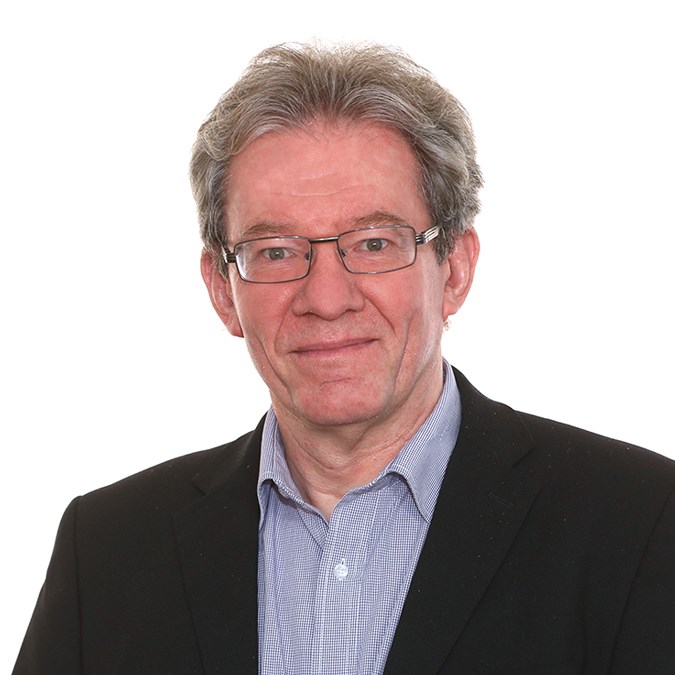Curiouser and curiouser, Chapter 1: “When I were a lad”
Published date: 02 October 2025

Nearly four decades ago, my PhD research led to the development of pioneering purification technologies for recombinant and plasma-derived protein therapeutics; rather gratifyingly, many of those early successes are still in use today. In the meantime, Astrea Bioseparations has followed the same pioneering path in purification, evolving into a company that fills me with great pride. Despite the passage of time, I’ve grown no less curious about the scientific world around me, and I remain no less inspired by the fact that Astrea Bioseparations helps power pharmaceutical innovation from novel proteins to gene therapy.
By Steve Burton, President and Chief Scientific Officer, Astrea Bioseparations
“That will never work,” said the 1980’s naysayers. Fortunately, I’ve only ever been spurred on by any doubt in my aspirations and abilities.
In my serialized memoirs, I look back on a good many years of biochemical dabbling, recounting key milestones and lessons learned along the way. My journey has certainly been one of science but also one of entrepreneurship, business savvy, serendipity, and a little risk taking.
Chapter 1: “When I were a lad”
Firefighters, astronauts, police officers… Those were the aspirations shared by my eight-year-old peers at primary school, so the headmaster was somewhat taken aback by my future career choice: “I want to be a biochemist.”
“Well, you’ll have to work very hard and go to university,” he responded – quite possibly because he was not entirely sure what a biochemist did. You could say I had a genetically programmed interest in science, and I had always been interested in the natural world around me. As I got older, I never could decide whether I liked biology more than chemistry, so I did both for as long as possible. At the University of East Anglia I did a joint honors degree in biochemistry and chemistry; hard work, as my headteacher predicted!
My PhD on bioseparations with Professor Chris Lowe at the University of Cambridge combined the same two skillsets. The project was to design new affinity ligands and explore how their real-world performance compared to the theory. In a way, the work was like inverse drug discovery; instead of searching for a small soluble molecule that would bind to an immobile receptor, I was trying to find immobilized ligands that would bind soluble protein targets. As it was an industry-sponsored doctorate, I spent six-months using chemistry to synthesize potential affinity ligands at ICI Organics’ facilities in Manchester before bringing them back to Cambridge for testing using biochemical techniques. At the time, I couldn’t have predicted how formative my PhD work on ICI dyestuffs would be.
When I started my PhD, I didn’t see it as a career path in its own right but rather as a means to an end. I was keen to apply my research and knowledge in industry, where I felt it could have the biggest impact. Anyone in research hankers after that single breakthrough – that “Eureka!” moment, but most visible innovation and impact is the result of iterative and incremental advances.
As a freshly minted Dr. Steve Burton, I achieved my initial goal to enter industry at Delta Biotechnology, a spin off from Bass Brewery with a mission to produce recombinant albumin. I was the second biochemist on board and assigned to development of the downstream purification process. Rather fortuitously, some of the molecules I’d studied during my PhD were capable of binding to albumin, so I developed an affinity adsorbent for albumin capture. The adsorbent was adopted, subsequently commercialized – and it is still in use today.
During my work at Delta Biotechnology, I fully realized the power of affinity adsorbents. Following discussions with Chris Lowe, Vivian Stead (my industrial supervisor at ICI), and a serial entrepreneur called Ken Jones, we decided to launch a company focused solely on this approach.



